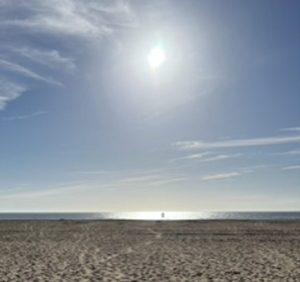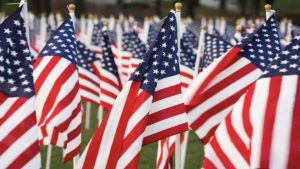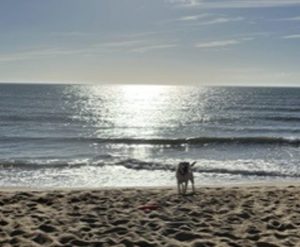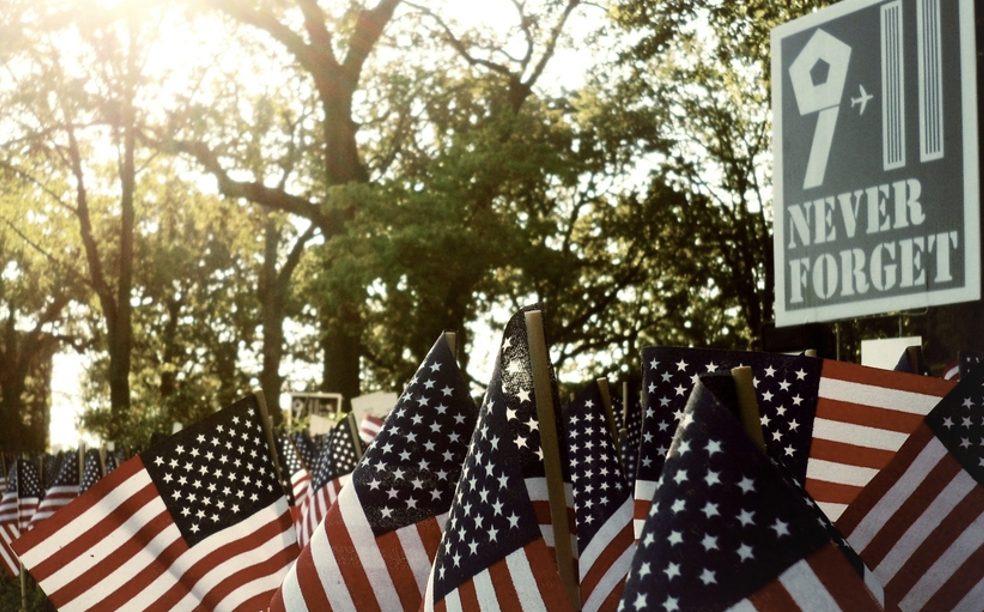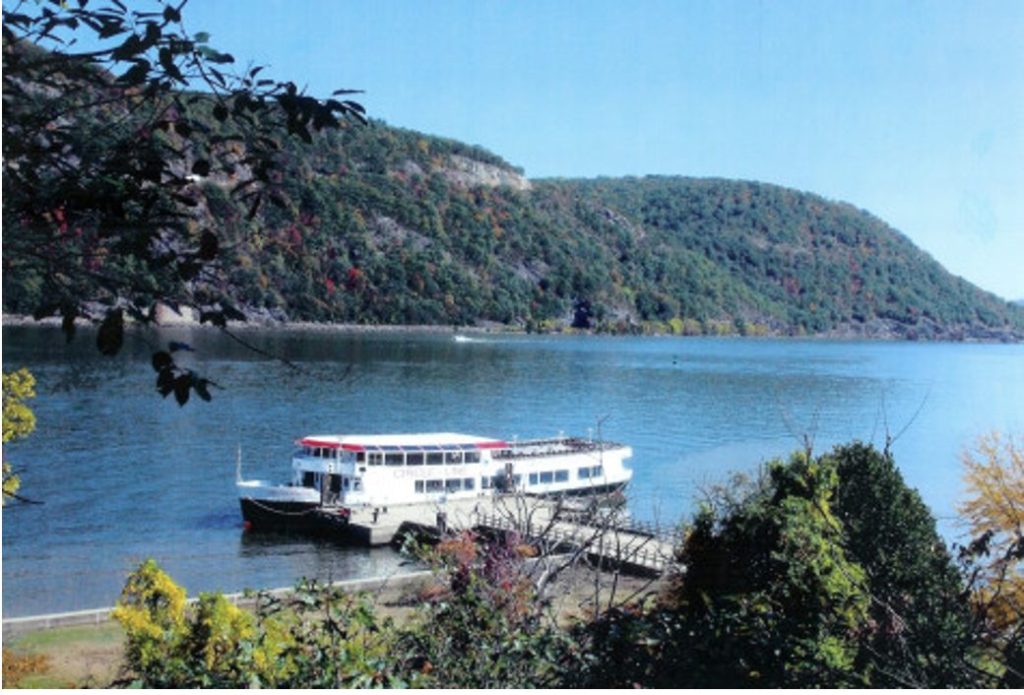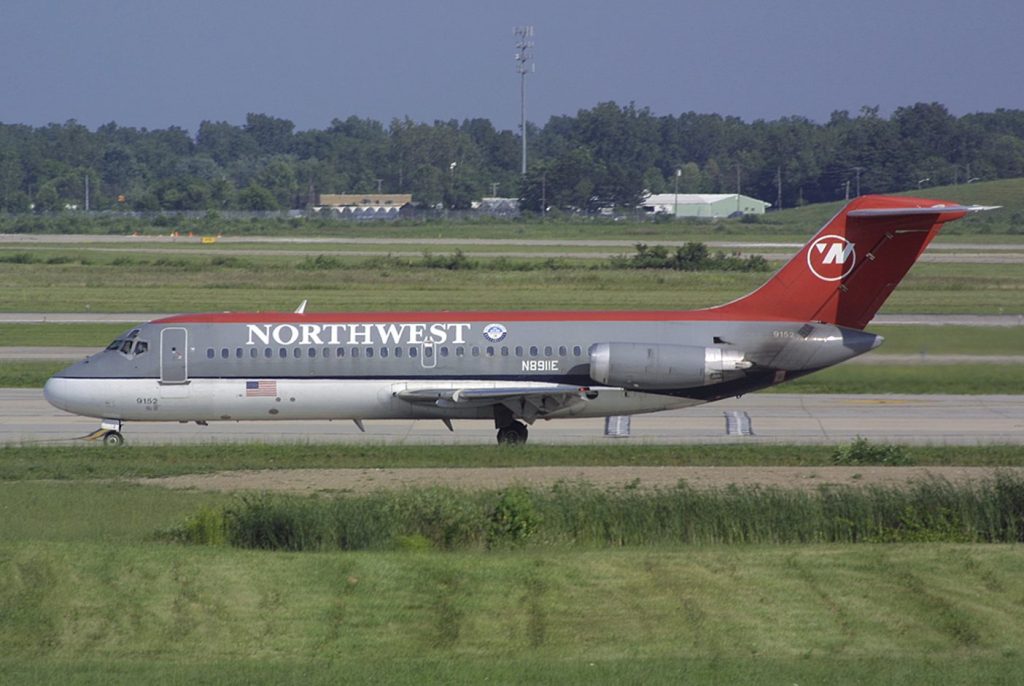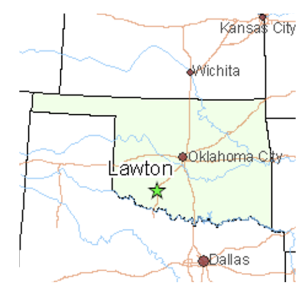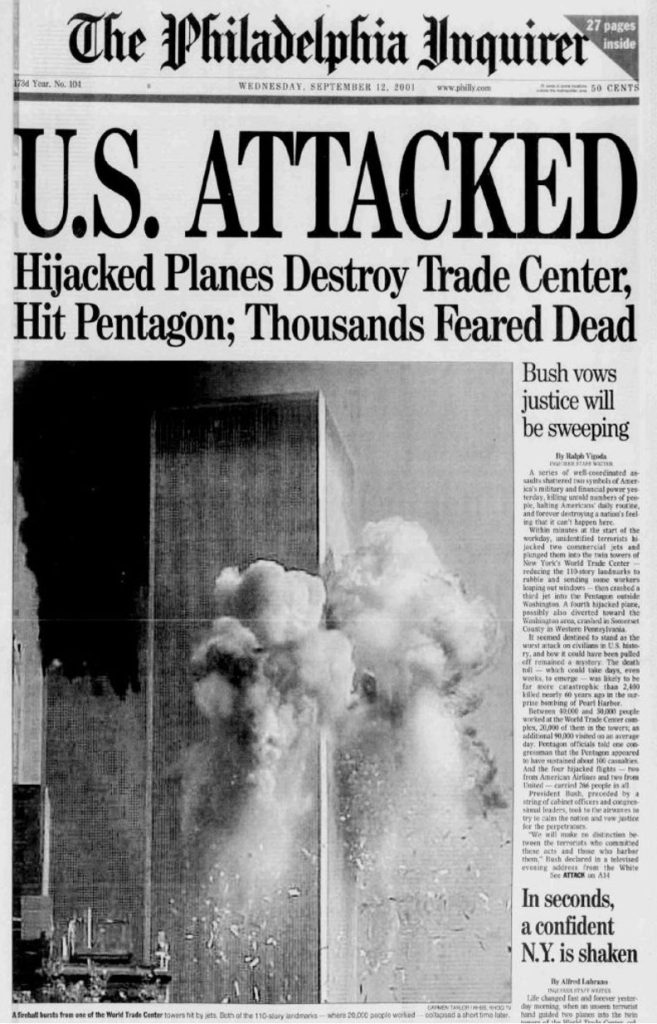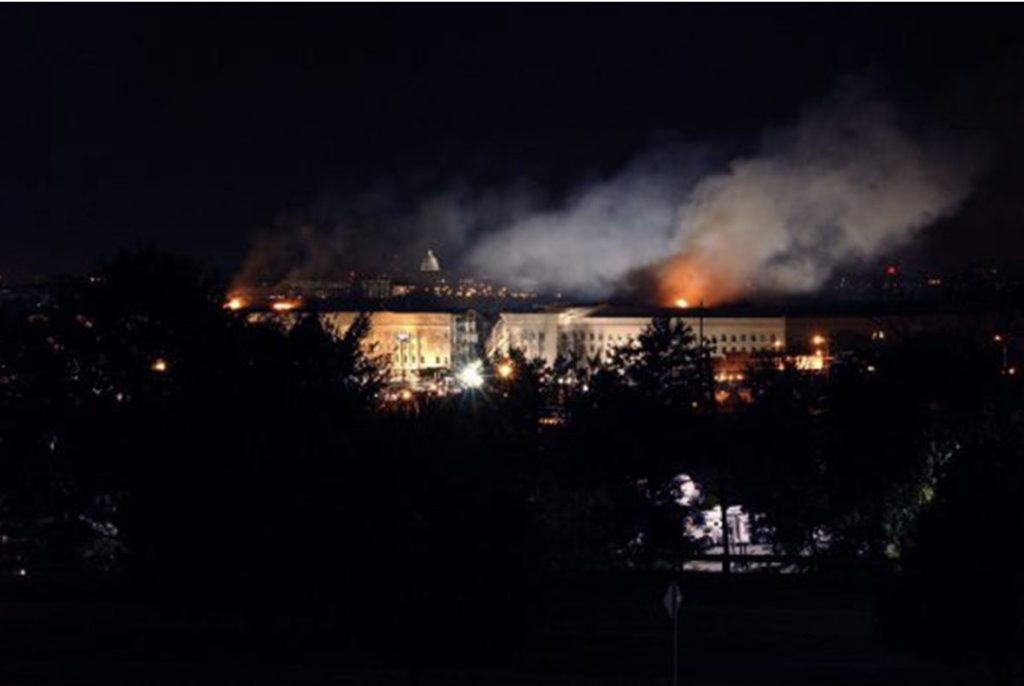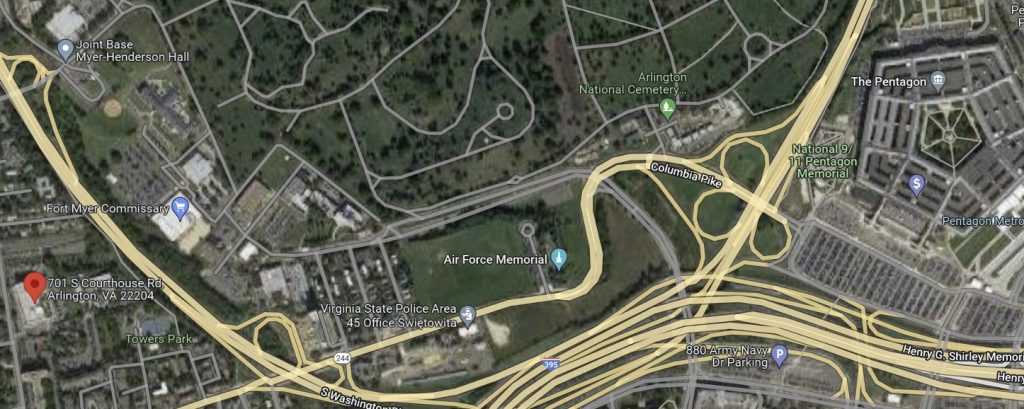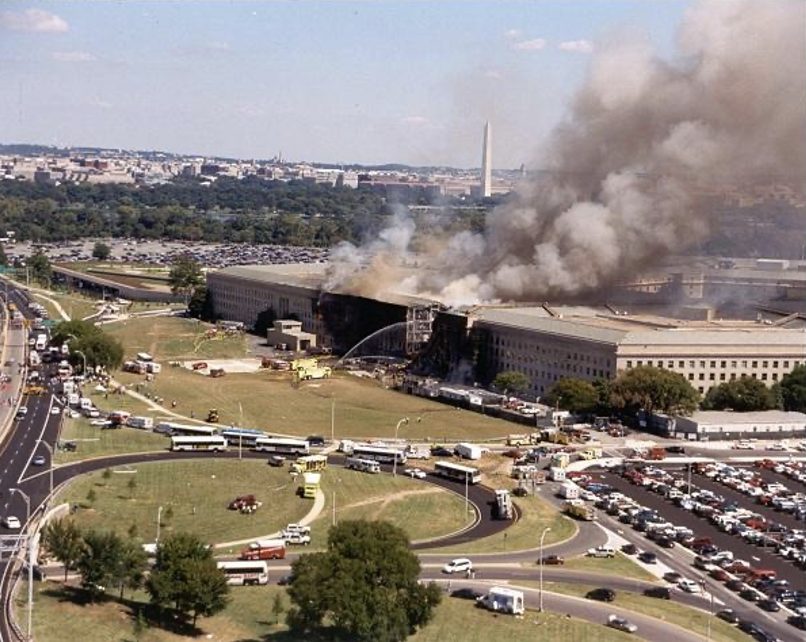by Pat Wance
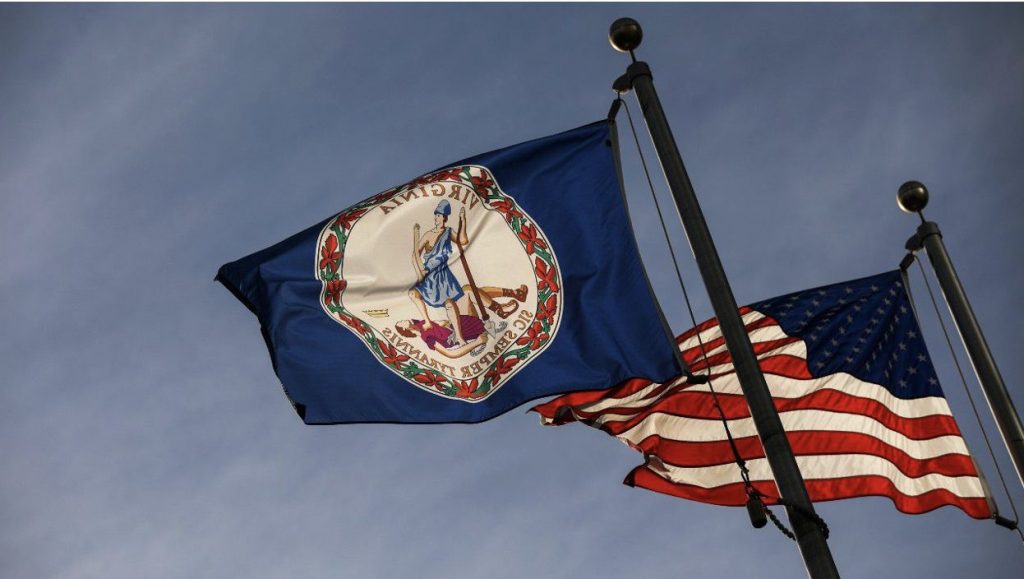
A job change had us returning to northern Virginia from New Jersey in the early 90s and by the late 90s, we started to think about where we would like to retire…New England—no, too much snow, OK/Texas—only one of us would be going and it wouldn’t be me, PA—one of those stone homes near a lake or my fav…south to a coastal retreat.
We traveled to many of those places however, through an A-2 connection, found a great place, a 3-bedroom, rear unit condo with a lap pool (shared with the front unit neighbor), in Virginia Beach one block from the ocean (yay me). We purchased it in
October of 2000. Still unsure if we would actually move there, we decided to put some sweat equity into it, visiting at least one weekend a month to steam off wallpaper, scrape popcorn ceilings and find contractors to make necessary changes.
As the winter ended, the spring weather made the VA Beach property more attractive and by summer, we decided to put our house in Vienna on the market and make the move permanent.
There were 2 boxes that had to be checked;
- Services for our mentally-challenged daughter and as it turned out, once in the system we found success equal to what was available in Fairfax County.
- Denny was not ready to retire and after a brief job search was offered the position of executive director in a Norfolk law firm.
We all know what it is like moving into a new place, and Denny spent many of his off hours getting us settled. The contractors completed their work. I was able to finalize Kelly’s transportation to her job at Eggleston Services, a non-profit that hires adults with disabilities. I knew that employment would be out there for an RN, but more sweat equity had to be put into our home and some of
that fell on me. I spent my days painting every door, window frame and baseboard in the house. The doors alone took 3 coats. I didn’t complain because I was so happy to be living the dream of a beach house.
The morning of 9-11, I was doing the usual morning routines (breakfast, seeing Kelly off to her waiting van, tidying the kitchen, laundry, etc.) and finally I could gather the newspaper from the previous day, a damp rag and retrieved my clean, beveled edge paint brush, great for “cutting.”
The telephone rang and Denny was on the line asking me if the TV was on. I had turned off one of the morning shows a half hour before. “What’s going on?” All he would say was turn on the TV. I saw one tower smoking and a few moments later the second plane slammed into the other tower. I couldn’t believe what I was seeing. I could hear people around him reacting to what they were watching, and some were upset—the Norfolk building they work in is credentialed as and also called the World Trade Center. It’s not a tower but still very distinctive to that part of the city bordering the Elizabeth River.
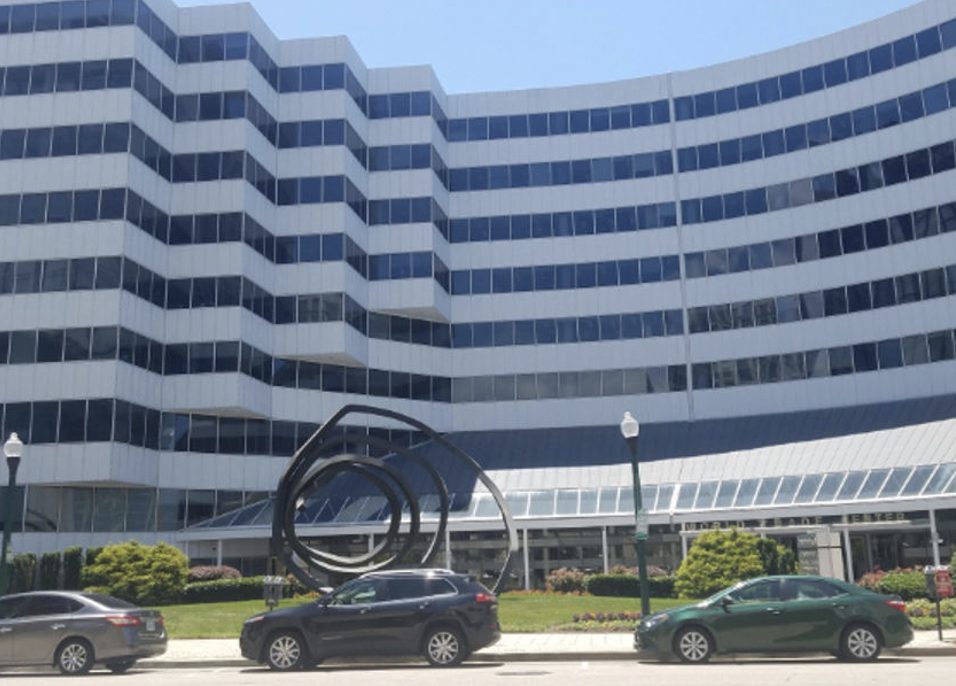
Suddenly, my euphoria of owning a place near the Atlantic Ocean came crashing down. Fear and panic were setting in rapidly. I felt exactly like I did when I heard, as a teenager leaving a high school class, that President Kennedy had been shot. What was happening? Are we at war but with whom? Who would do this to us, the USA? The World Trade towers were filled with businesses. Why would they be attacked?
Then more news came in about the Pentagon and the sudden crash in Shanksville, PA with a similar plane.
Like everyone else, I couldn’t separate myself from the TV. When the towers started collapsing, we all knew that sadness was next to follow. Even in the best of circumstances, the thousands of people in those offices could not escape in time. Perhaps, a few made it out. What about the first responders? Are they safe?
So, my thoughts of painting a few more doors and maybe sneaking some moments on the beach later in the afternoon seemed unreasonable and inappropriate. On such a beautiful day both here and in NYC, how could this happen? Denny said many of the staff were upset and requested leaving the office which was understandable. We spoke to our son who was in his office building several stories above Fairfax, Virginia and he could see what he assumed was many people leaving their places of work. Usually, the traffic died down after 9:30 but now showed busy streets and highways.
That was my experience on that fateful day and every detail remains clear. I still feel blessed that we could live where we do surrounded by great friends and neighbors. Walking near the surf usually brings a feeling of peace and serenity. That wasn’t happening for a long time. Those pictures of the falling towers, the damaged Pentagon and the scarred earth in PA are etched in our brains but time passes, and we still have to deal with the present.
When I read about the days after Pearl Harbor and during WWII, the one thing that I admire was how the country pulled together as a whole. The American people were united on so many levels and I envied that sense of togetherness in a common cause. The days and months after 9-11 brought that same feeling of camaraderie. Flags were everywhere, people bowed their heads and prayed for lives lost and the safety of the first responders.
The NY firefighters and rescue teams were joined by teams from other parts of the country. All of them had the support of the American people. It is evident that some good did come out of that tragic time and lasted for a while.
My experience on that day was not dramatic and maybe not worthy of being shared but it is what I remember. We did not lose anyone close to us from that day, thank God. And, in fact, know of a fellow who once worked with Denny and was coming to work late at the WTC because of a dentist appointment. He happened to see the first plane hit a tower, turned and left the area as fast as he could.
We still live on this great street, take our Lab Abbie to the beach so she can retrieve her baton in the ocean and occasionally enjoy sitting with our feet in the sand, usually with friends. Abbie is getting older but so are we and I feel blessed for our lives here. I’m certain none of us, who were aware of what was happening on 9-11 will ever forget it.
